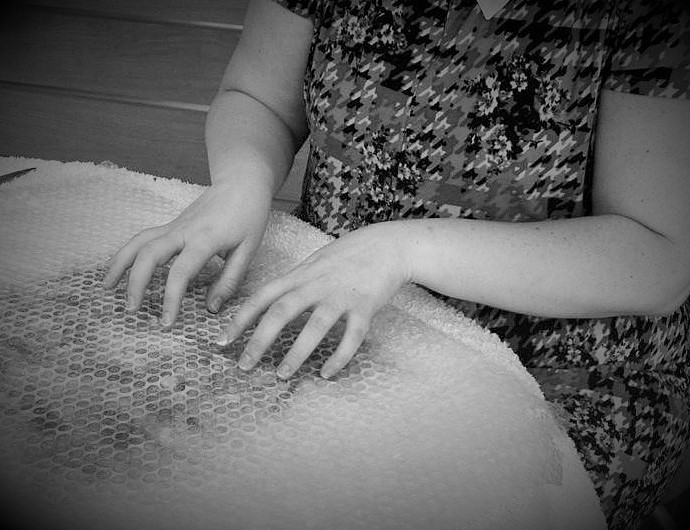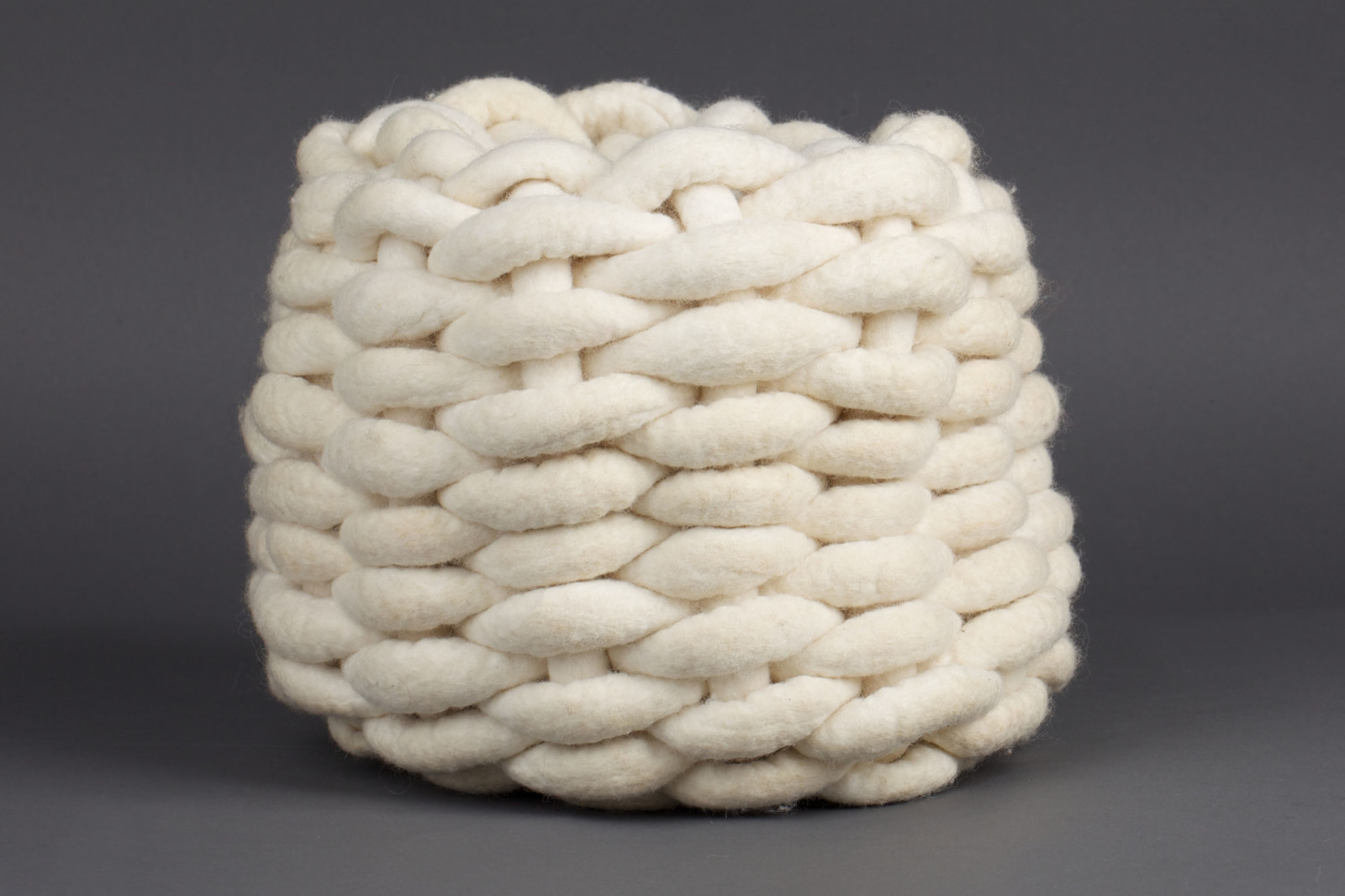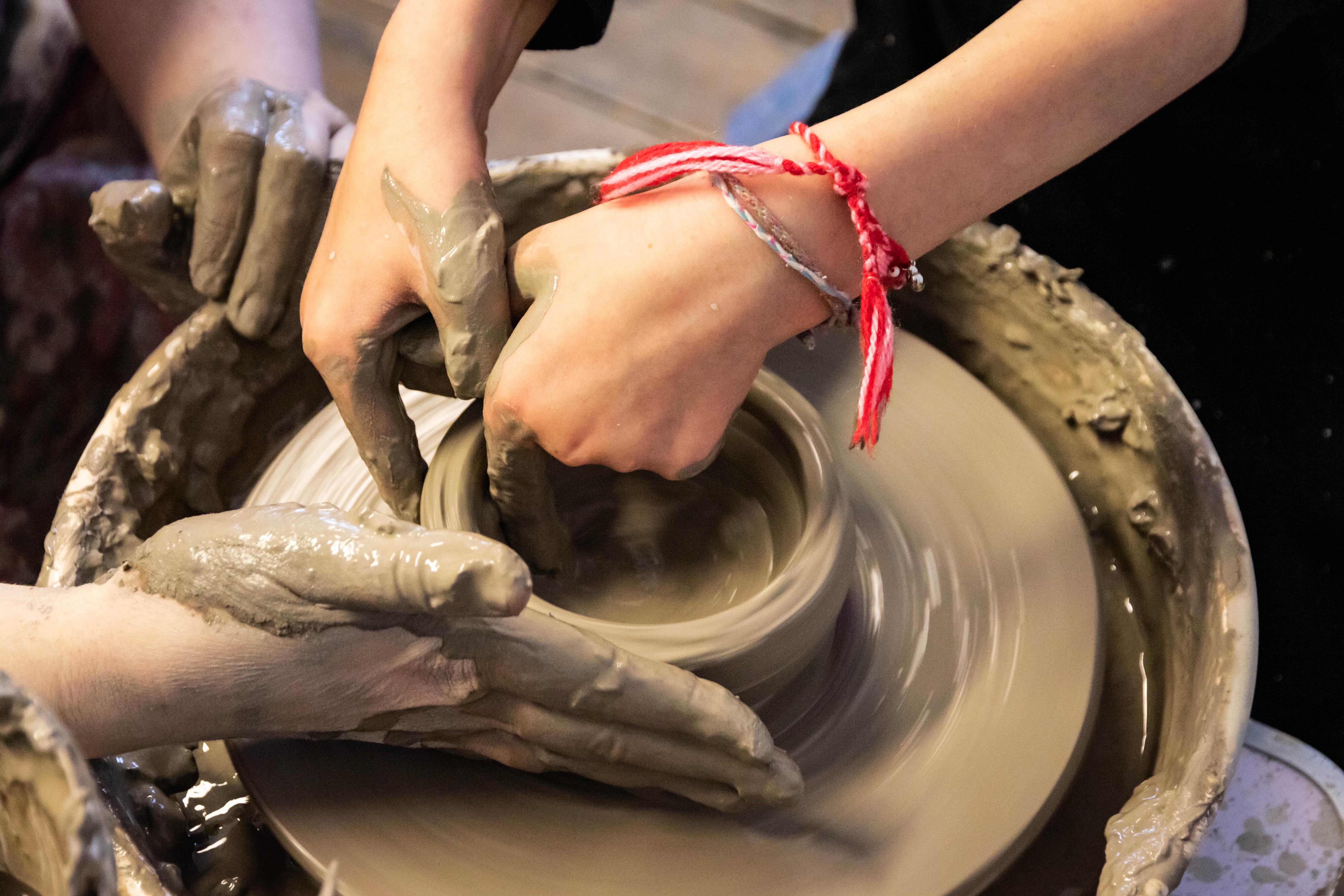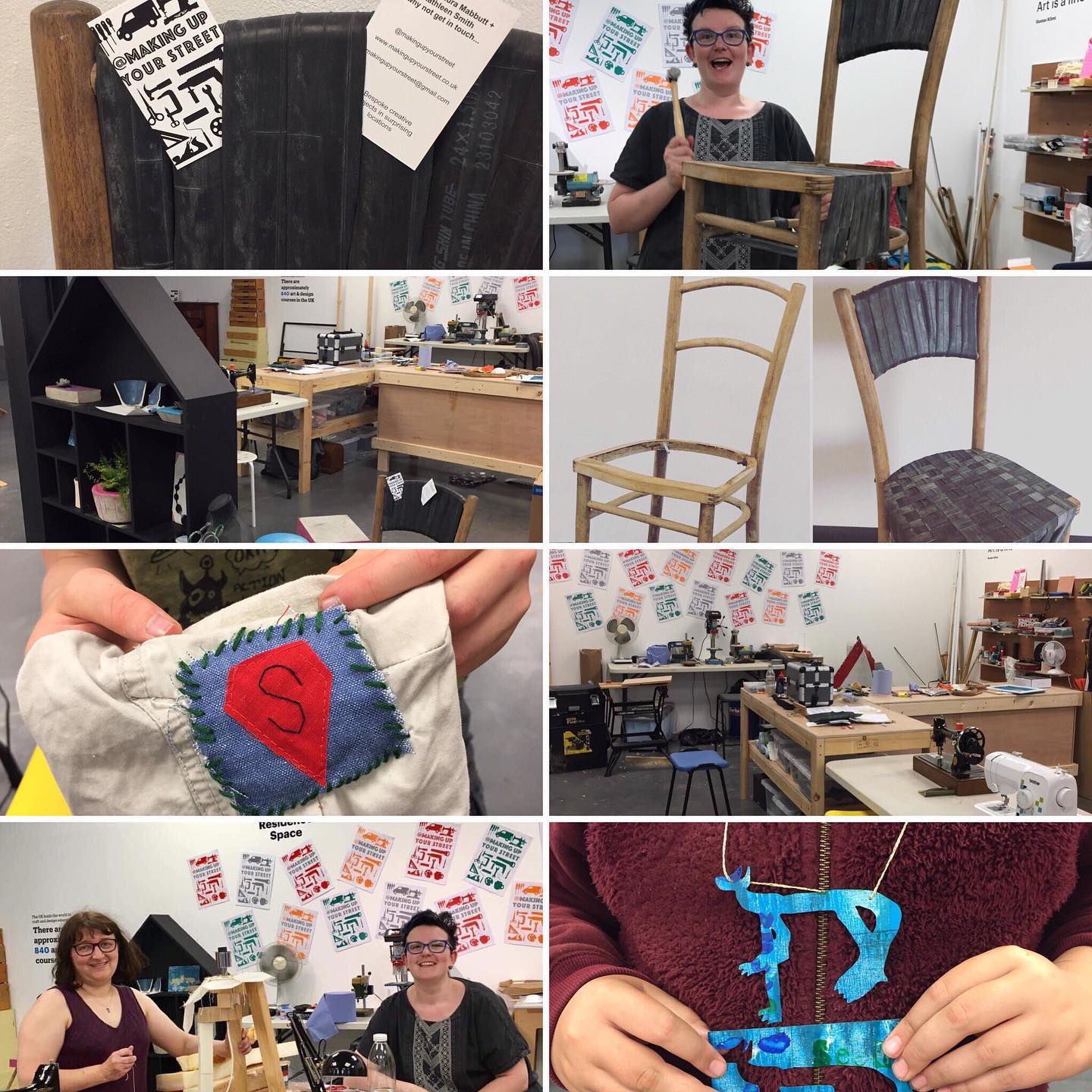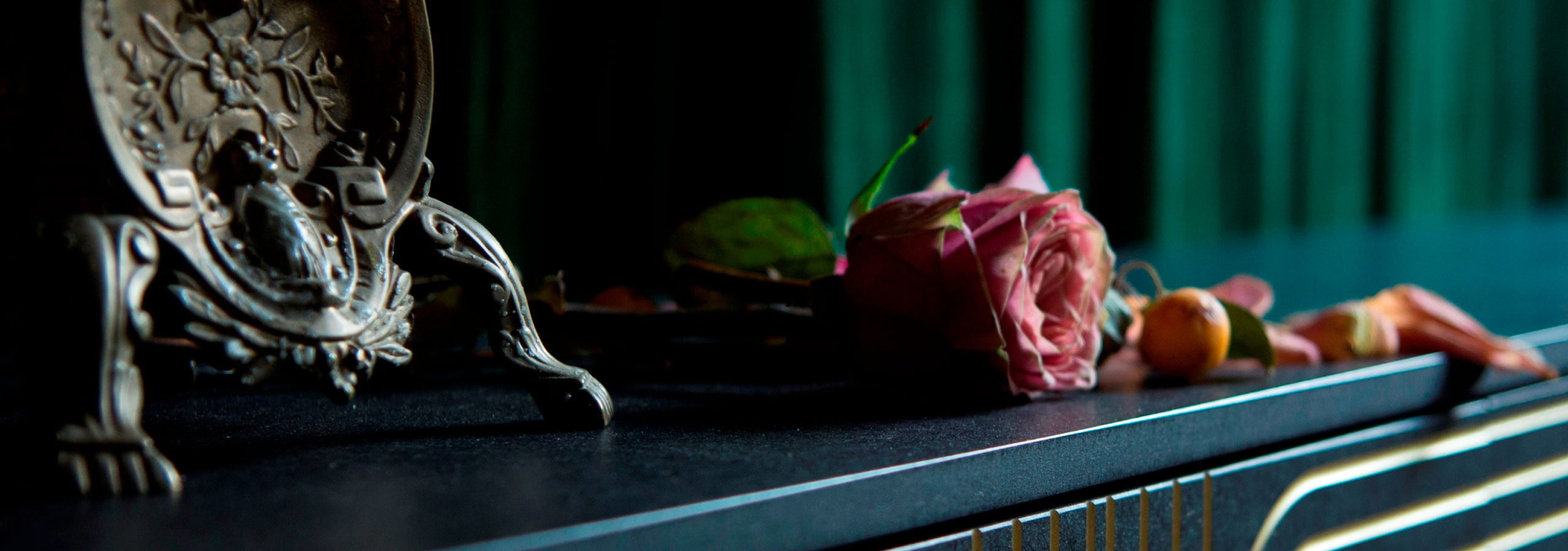Textile artist and maker Laura Mabbutt may well have had déjà vu when she was recently in residence at NCCD: Laura was the NCCD exhibitions manager for a number of years before leaving to pursue her own career as a maker. Alongside her own work as a maker and post-graduate student, she has teamed up with fellow DN member Kathleen Smith to form “Making Up Your Street” a community arts organisation with a lively programme. Laura gave us her thoughts on craft, creativity and education as the exhibition Hatch’19 moves into its final week at NCCD.
Design-Nation: Where did you study and what course did you do?
Laura Mabbutt: After school in my hometown of Northampton, I completed an Art and Design Foundation Diploma at University College Northampton. I then moved to Lincoln and gained a First Class BA Hons in Contemporary Crafts in 2007. I am currently studying part-time for my MA in Design.
DN: Are you still working in the discipline or material that you studied?
LM: I specialised in fibres for my BA, paper and felt making – but mainly felt making. I have carried on with this specialism until last year when beginning my MA spurred me to widen the materials and techniques I use in my work. Recent additions to my practice include improving my skills in other textile media, ceramics, woodwork, recycled materials.
DN: If you didn’t work with these materials, what other discipline or material would you like to work in?
LM: I have always been drawn to ceramics, I often describe the way I work with felt as it being similar to how a ceramicist moulds clay in their hands.
DN: How did your time at art school or university shape you as a person?
LM: I am currently at University studying my MA and feel like I am still being shaped by my education. One of the biggest lessons I have taken on board, that has affected the way I work and the way I think outside of my practice, is the idea that creativity doesn’t stop when you leave the studio and that your creative decision making is influenced by everything around you. Also, understanding that the creative process is not linear.
DN: What is your strongest memory from your time at art school?
LM: My strongest memories from both my BA and MA have been the times spent with other students in the studio or in crit. sessions; making and sharing ideas together. These moments are equally as valuable as the time spent with staff.
DN: How do you think creative education has changed since you were a student? Are you optimistic about creative education in the UK or do you have concerns about the future for those wanting to study arts subjects?
LM: Having recently returned to HE after 10 years I find the biggest difference is the increased spectrum of possible disciplines on offer to students. Art is not a priority for mainstream education at school level and this has had and will continue to have a knock on effect on the creative industries as a whole. There are however a lot of messages in the media about the positive impact of creativity and the ability to think creatively, and also how, in a digital world and the rise of artificial intelligence, humans ability to think creatively and with imagination is our main advantage. Hopefully these messages can get through to decision makers in politics and education.
DN: Knowing what you know now, what three pieces of advice would you give your student self?
LM: 1 – Do not narrow your options for your practice. Not all successful craft businesses make work to sell. Think about other options such as teaching, curating, project work.
2 – Don’t be afraid to fail – experiment more!
3 – Grasp opportunities when they present themselves. You do not need to be an expert – you will learn by doing!
